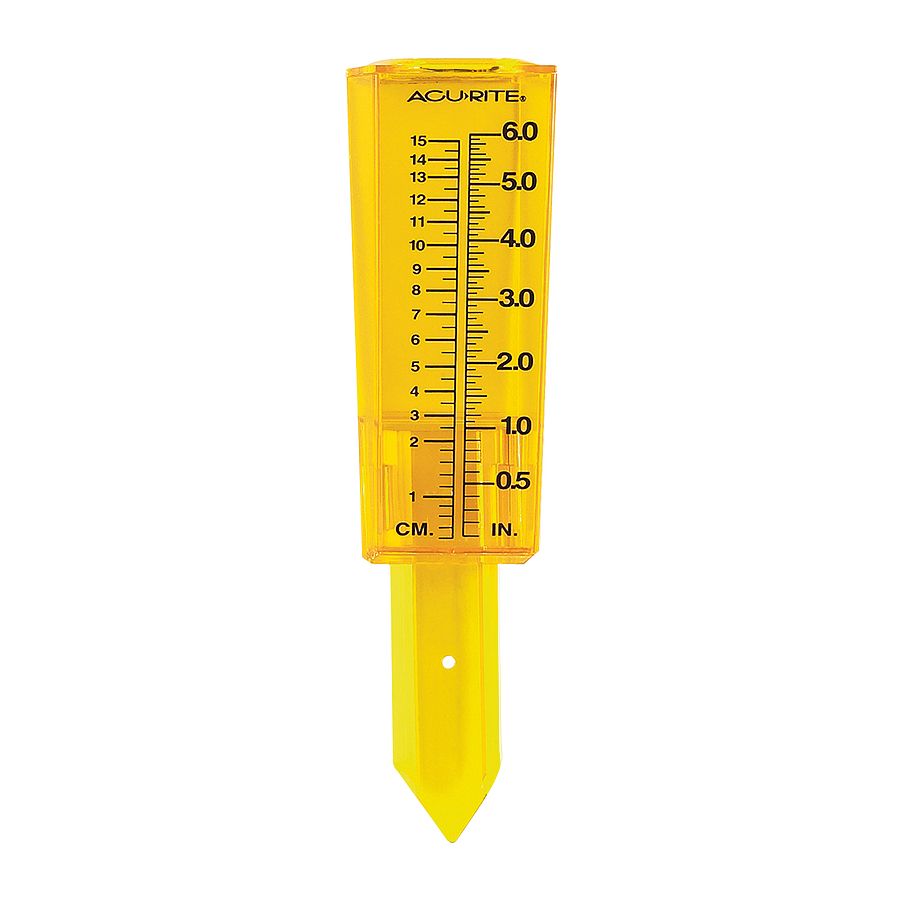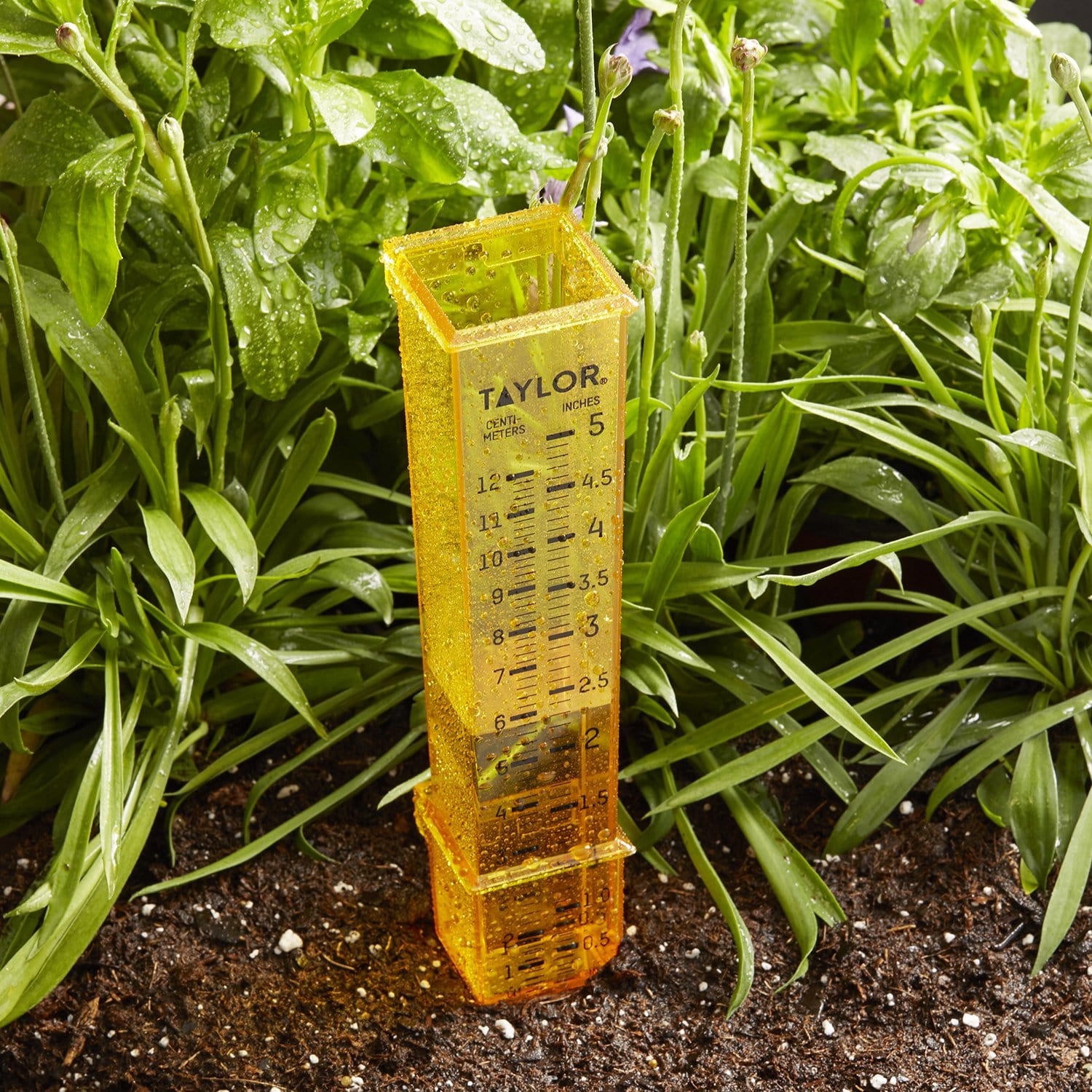Comprehending The Rain Gauge: Value, Kind, and Use Explained
Comprehending The Rain Gauge: Value, Kind, and Use Explained
Blog Article
Recognizing Rainfall Gauge Measurements: A Total Overview
Understanding Rainfall Scale Measurements: A Total Guide is a detailed source for anyone seeking a deeper understanding of rainfall gauge dimensions. Rainfall is a crucial aspect in different industries, including meteorology, agriculture, and water source management. This overview aims to supply visitors with a thorough understanding of the importance of rain scale dimensions, the various sorts of rain determines available, and exactly how these dimensions are gotten and interpreted. Furthermore, it discovers the aspects that can impact the accuracy of rainfall gauge readings and provides useful suggestions for getting precise measurements. Whether you are a professional in the field or simply have an inquisitiveness about rainfall measurement, this guide will furnish you with the understanding needed to successfully use rainfall gauge measurements.
The Relevance of Rainfall Gauge Measurements
The significance of rainfall gauge measurements hinges on their function as an important device for accurately examining and keeping track of precipitation degrees - The Rain Gauge. Rain gauge measurements provide important data that assists hydrologists and meteorologists comprehend patterns and trends in rains, which consequently aids in numerous fields such as agriculture, water resource management, and climate research study

Accurate rains dimensions are crucial for agriculture as they help in determining irrigation needs, plant development, and yield predictions. Farmers rely upon this details to make educated decisions about when to sprinkle their crops, protecting against water wastefulness and ensuring ideal crop health and wellness. In addition, rains information aids in analyzing the effect of droughts or excessive rainfall on plant production, allowing farmers to take suitable measures to lessen losses.
Water resource management heavily depends on rainfall scale measurements to figure out the quantity of water readily available in tanks, rivers, and lakes. Accurate measurements make it possible for water managers to make informed decisions about water allowance and circulation, making certain lasting usage and stopping lacks. This info is specifically crucial in regions where water deficiency is a pushing problem.
Additionally, rainfall gauge dimensions play a vital role in climate study. By precisely measuring rains over extended durations, scientists can examine long-lasting climate patterns and recognize adjustments in precipitation patterns due to environment adjustment. This data helps scientists and policymakers establish techniques to adjust to and mitigate the results of environment change.
Kinds Of Rainfall Gauges
There are various kinds of rain gauges made use of to measure precipitation properly. Each type has its very own advantages and restrictions, making them ideal for different purposes and environments.
The most typical sort of rain gauge is the conventional cylindrical gauge. It consists of a cylindrical container with a vast funnel-shaped top to accumulate rainwater (The Rain Gauge). The water is then channelled right into a graduated gauging tube, permitting for exact measurement of the quantity of rainfall
Another kind is the evaluating rainfall gauge. This scale uses a sensitive equilibrium to measure the weight of the gathered rains. By converting the weight right into quantity, the amount of rainfall can be figured out. Weighing rain determines are especially useful in areas with frozen rainfall or heavy rains, as they are not influenced by splashing or evaporation.
Tipping bucket rainfall assesses employ a system that suggestions a tiny pail each time it accumulates a details quantity of rainwater. The variety of ideas is tape-recorded and used to calculate the rainfall. This sort of scale is generally used in automated weather stations as a result of its more helpful hints low upkeep requirements and capacity to give real-time data.
Ultimately, there are radar-based rainfall evaluates that usage radar innovation to estimate rainfall. These assesses measure the strength of rains in a specific location by assessing the mirrored radar signals. They are especially beneficial for determining precipitation over large areas or in remote areas.
Exactly How Rain Gauge Measurements Job
Rainfall gauge measurements are based upon the concept of collecting and gauging the quantity of precipitation. These tools are developed to capture rain and give an accurate dimension of the rainfall in a specific location.
The most common kind of rainfall scale is the typical round scale. It includes a round container with a wide opening at the top to gather rainwater. The gathered water is after that channelled into a gauging tube, which is calibrated to offer the dimension in systems of length, typically inches or millimeters.
Another type of rainfall scale is the tipping container scale. It uses a seesaw-like device with two buckets that tip when they reach a particular weight threshold. Each tip of the bucket stands for a specific quantity of rains, enabling for accurate measurements.
Some sophisticated rainfall assesses are furnished with digital sensors that immediately document and useful source transmit information. These sensors make use of various innovations such as ultrasound or laser to gauge the amount of rains accurately.
Aspects Influencing Rain Gauge Precision
Ecological elements such as wind, temperature, and atmospheric stress can substantially impact the precision of rain gauge measurements. Changes in atmospheric pressure click for more info can additionally impact the accuracy of rain gauge measurements, as they can alter the price at which rains is gathered.
Operational variables, on the various other hand, refer to variables connected to the design, setup, and maintenance of the rainfall scale. The placement of the rain scale in a location with blocked air flow or near buildings or trees can lead to unreliable analyses due to obstruction or splattering of rainfall. Furthermore, inappropriate calibration or uneven upkeep of the rainfall scale can likewise impact its precision.
To make certain the accuracy of rainfall gauge measurements, it is important to consider these factors and take suitable steps. This may include picking an ideal location for the rain scale, making certain correct installment and upkeep, and regularly adjusting the instrument. By attending to these elements, reliable and exact rainfall dimensions can be gotten, which are crucial for numerous applications such as weather forecasting, hydrological researches, and agriculture.
Tips for Accurately Determining Rainfall
To make certain exact rainfall measurements, it is vital to carry out specific methods and techniques when utilizing a rain scale. Right here are some pointers for properly gauging rainfall:
Correct Positioning: Put the rainfall gauge in an open area, far from trees, buildings, and other obstructions that may disrupt the rains collection. It ought to be placed on a level surface area to avoid water pooling or drainage.

Check Out the Scale Properly: When taking measurements, reviewed the water degree at eye level from the bottom of the meniscus. Avoid parallax errors by aligning your view directly with the water level.
Regular Time Period: Set a consistent time period for measuring rainfall, such as every 1 day or after each rainfall event. This guarantees precise monitoring and contrast of precipitation data.
Document Measurements Immediately: Tape-record rainfall measurements as quickly as feasible after collection to avoid evaporation or spillage. Use a rain gauge with an integrated information logging feature for automatic recording.
Conclusion
In verdict, comprehending rain gauge dimensions is important for precisely measuring rainfall. Various kinds of rainfall gauges are readily available, each with their very own advantages and constraints. It is essential to think about aspects that can impact the precision of rainfall scale dimensions, such as evaporation, wind, and positioning. By complying with the ideas offered, one can make certain extra accurate and trustworthy rains dimensions.
Recognizing Rain Gauge Measurements: A Total Guide is a detailed resource for anybody seeking a deeper understanding of rain gauge dimensions. Whether you are a professional in the field or merely have a curiosity concerning rains measurement, this overview will certainly outfit you with the expertise needed to efficiently make use of rainfall gauge dimensions.
The most typical kind of rainfall gauge is the conventional cylindrical scale.The most typical kind of rain gauge is the basic round gauge.One more kind of rainfall gauge is the tipping container scale.
Report this page